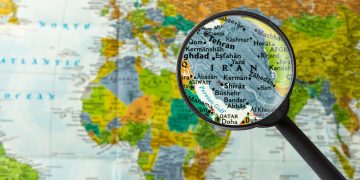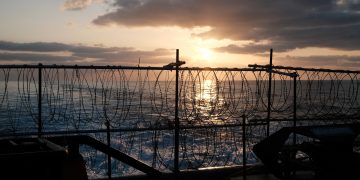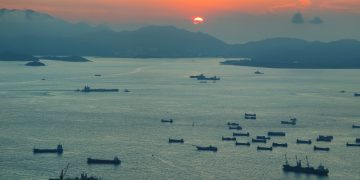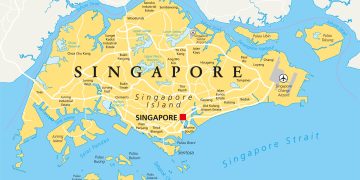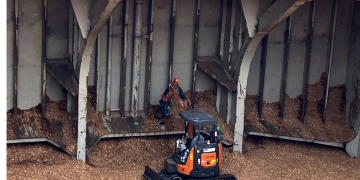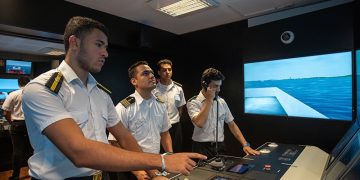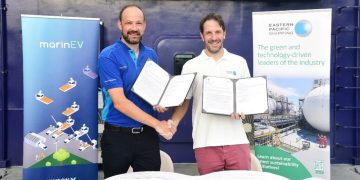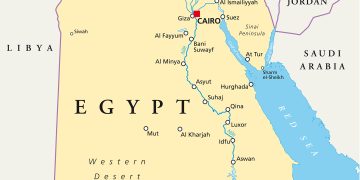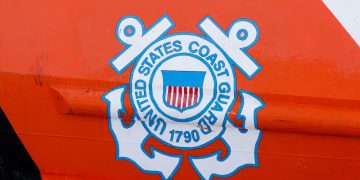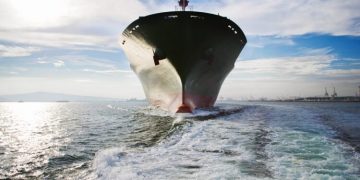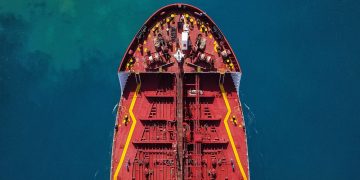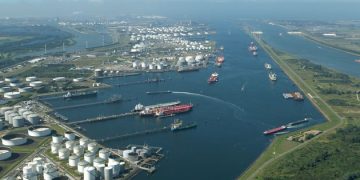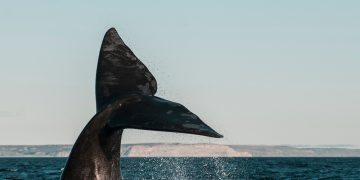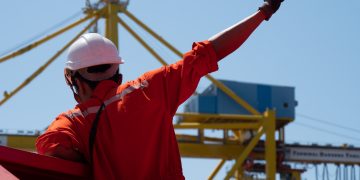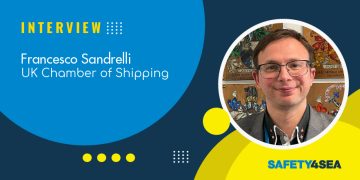On 13th September, ITOPF travelled to the wilds of Alaska to participate in a large-scale, Tier 3, oil spill exercise organised by SeaRiver Maritime Inc., a subsidiary of ExxonMobil. The event drew together over 430 people from a wide range of organisations including; Aleyska Pipeline Service Company, Alaska Maritime Prevention and Response Network, Alaska Department of Fish & Game, US Coastguard, US National Oceanographic & Atmospheric Administration, Alaska Department of Environmental Conservation, Prince William Sound's Regional Citizen's Advisory Council, native tribal representatives and ExxonMobil's response teams. The exercise scenario imagined a release of some 200,000 barrels of crude oil from a tank vessel in the middle of Prince William Sound following a collision with a fish processing vessel. Following notification of an incident, oil spill response resources were dispatched rapidly to the spill site and a command centre set up in Valdez. Operations continued around the clock for the next 60 hours. "It is 25 years since the EXXON VALDEZ oil spill" noted ITOPF's Dr Mark Whittington, "and the development of oil spill response capability in Prince William Sound since then has been impressive. The professionalism and enthusiasm that all the exercise's participants - industry, government agencies and the local ...
Read more





